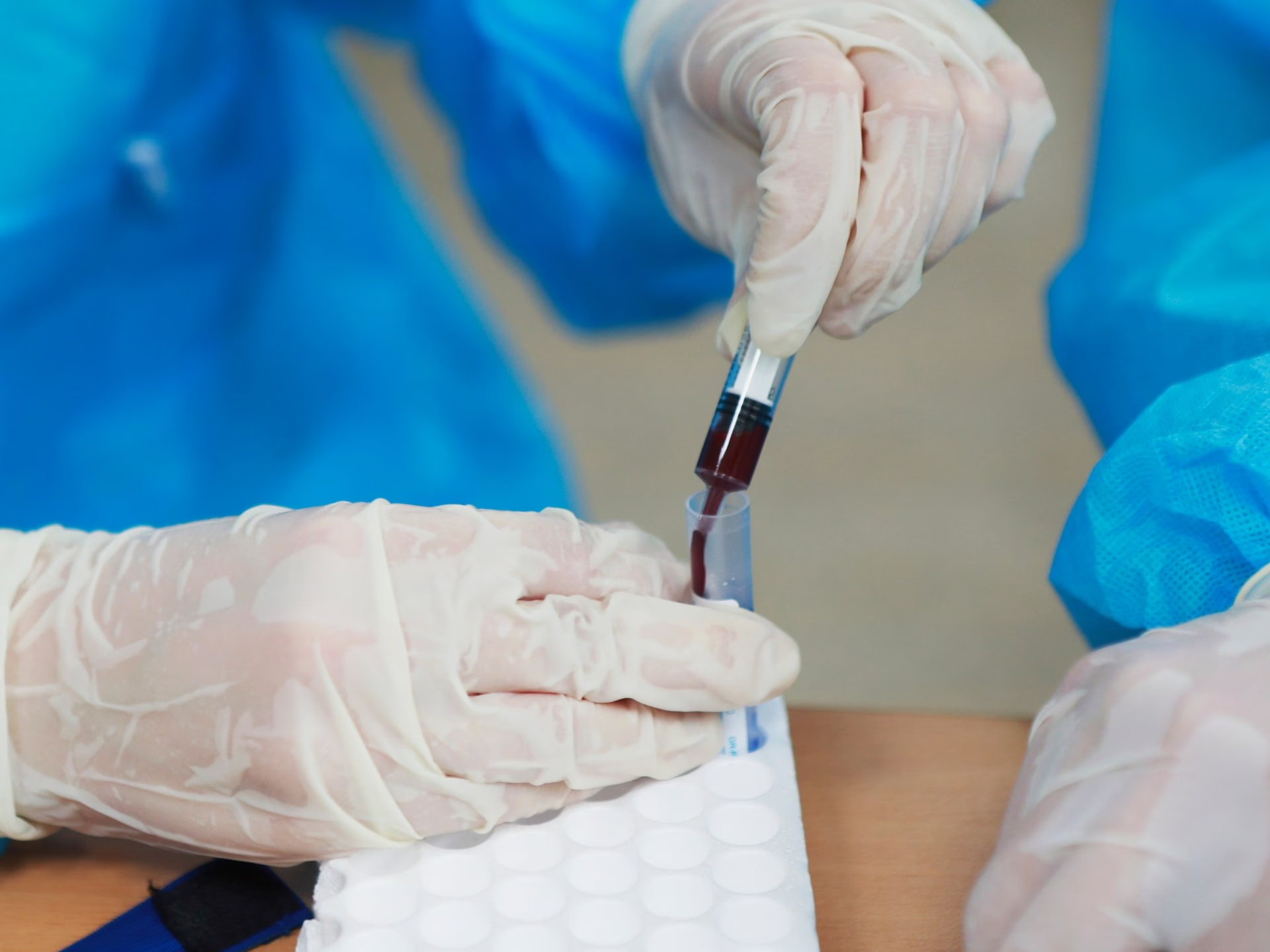Scientists are working on the development of artificial blood to address the worldwide issue of blood shortages and the necessity for secure blood transfusions. Every year, millions of individuals die globally due to a lack of access to blood, as studies by the World Health Organization (WHO) have indicated.
Blood plays a vital role in carrying oxygen throughout the body and removing waste products, among other crucial functions. In 2022, the first clinical trial using lab-grown blood was conducted on humans, particularly targeting patients with rare blood groups.
Scientists are also working on synthetic blood as part of their efforts to support emergency medicine, surgery, and transfusions. So how close are scientists to developing artificial blood?
Artificial blood is a broad term that includes both lab-grown and synthetic blood. Synthetic blood, which is a completely man-made substitute and does not contain human cells, is still being studied. These engineered molecules mimic the function of blood cells by transporting oxygen. It is designed mainly for emergency use or military medicine, where immediate oxygen delivery is needed but matching blood types is difficult.
For instance, the United States military has invested $46m in developing ErythroMer, a synthetic blood substitute designed to be universally compatible and stable without refrigeration. This product is still undergoing research and testing to establish its safety and effectiveness.
On the other hand, lab-grown blood is created by growing human red blood cells in a controlled environment outside the body. Once available, lab-grown blood cells could make the treatment of certain medical cases more effective. For example, lab-grown platelets may be better at stopping bleeding in trauma patients compared to those given to leukemia patients, who receive platelets to prevent bleeding rather than to stop active bleeding.
The process of making lab-grown blood starts with stem cells, which are special cells that can develop into different types of cells in the body. Scientists use a specific type of cell called hematopoietic stem cells, which produce all types of blood cells, including white blood cells, red blood cells, and platelets. They are found in bone marrow or in the blood of a donor.
To turn these stem cells into red blood cells, they are placed in a lab setting and exposed to growth factors – natural substances that help cells develop. Over several weeks, the stem cells gradually change into mature red blood cells and function just like natural ones. Scientists are able to “gene edit” stem cells to boost blood production and remove blood group markers. This could allow them to create blood that can be administered to anyone, without the need to match specific blood types.
Lab-grown or synthetic blood products are currently only in the research and development stage. In 2022, a clinical trial in the UK marked a milestone by transfusing laboratory-grown red blood cells into human volunteers to assess their safety standards and longevity. More trials would be needed before this product could be medically approved for commercial use.
Additionally, producing lab-grown blood is currently much more expensive than using donated blood. In 2013, the chemical materials required to produce one unit of lab-grown blood cost more than $90,000. Through advances in production methods, this cost has now been reduced to less than $5,000 per unit. By comparison, hospitals in the US paid an average of $215 per unit of donated red blood cells in 2019.
Yes, a 2022 clinical trial in the UK marked the first instance of such a procedure. A small initial study in Japan in 2022 tested hemoglobin vesicles, tiny artificial blood components designed to carry oxygen in the way that real red blood cells do. The study examined whether they could be a safe and effective alternative to regular blood transfusions. Some participants experienced mild side effects, such as fever and rash, but these issues resolved quickly. There were no significant changes in vital signs, including blood pressure.
There are still several obstacles on the path to commercially manufacturing blood. These include the issue of how to increase production to meet clinical demand while ensuring the safety and functionality of lab-grown or synthetic blood products. Additionally, regulators like the US Food and Drug Administration (FDA) and the European Medicines Agency are still determining whether lab-grown blood should be classified as cell therapy or medicine, which would determine how it would be regulated. This is a novel type of product for any regulator, meaning we are in unknown territory.
Lab-grown blood can be tailored for rare blood types. Synthetic blood, which is cell-free, carries oxygen without the need for specific blood group markers. Besides the typical ABO and Rhesus blood groups, scientists have identified 36 other blood group systems, each with unique characteristics. In total, there are more than 600 different antigens – tiny markers on the surface of red blood cells that help the immune system recognize blood as “safe” or “foreign”. A blood
Source: https://www.aljazeera.com/news/2025/3/8/how-close-are-scientists-to-producing-artificial-blood?traffic_source=rss







